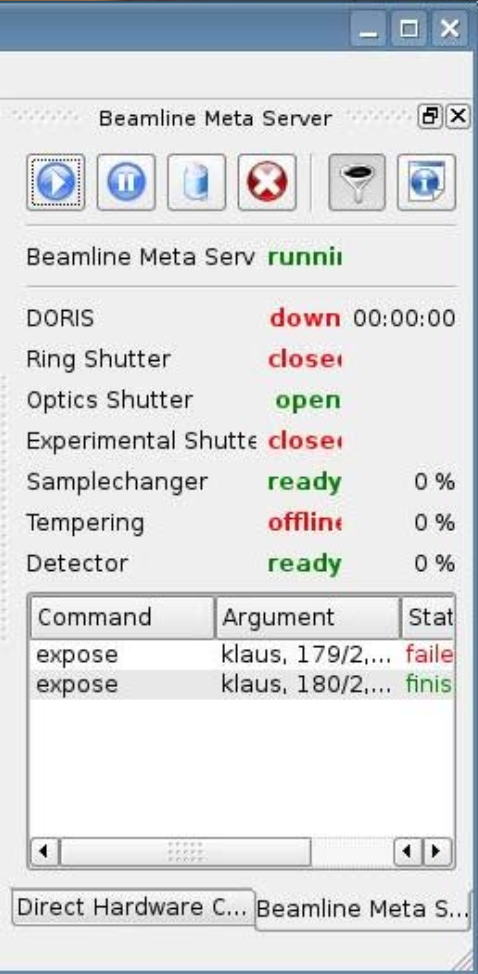Touching from a Distance: the World’s First Remote SAXS Experiment.
This year EMBL Hamburg turns 50 as an official EMBL site. In previous articles we have discussed the development of expertise and services at the EMBL Hamburg site. First with an article about Ken Holmes, his advocacy for the establishment of EMBL Hamburg, and the famous Rosenbaum-Witz-Holmes experiment, the world’s first synchrotron diffraction experiment which helped put the site on the map. Next we shed light on the evolution of the field of synchrotron diffraction, in particular through DORIS, the Double Ring Storage Facility. Today, we’d like to discuss another novel experiment conducted by EMBL Hamburg: the world’s first remote Small-angle X-ray scattering (SAXS) experiment.

In our last article we wrote about how DORIS became a hub for scientists from all around the globe, hosting hundreds of visitors. While this was an incredible feat, it did have its drawbacks, especially for SAXS experiments, which were conducted at X33 DORIS beamline. Namely, the researchers had to travel to Hamburg with their samples and conduct the experiments manually, which was resource intensive for their institutions. In addition there was a growing demand for the services and limited beamtime for scientists, putting pressure on EMBL Hamburg’s services. This was further compounded by the time-consuming nature of the experiments themselves, which as Dmitri Svergun wrote, introduced manual errors “due to fatigue after long hours of continuous measurement”.
In a post-pandemic world we take it for granted that scientific work is conducted remotely, but it’s important to remember that at the time it was still in its infancy. However these issues gave EMBL Hamburg the impetus and opportunity for developing a way of changing that.
This would prove a challenge, however, as all of the devices on the beamlines spoke a different “language”, making remote work difficult. The shutters, the detector, the motors and the sample robot each required separate software, separate coding languages, and a human presence to coordinate them all. EMBL Hamburg’s scientists and engineers spent years gradually developing software which could unify each of these components and help them communicate with each other, ultimately evolving into what is now known as the Beamline Meta Server (BMS). This software essentially enabled all of the different devices on the beamline to function as a single, coherent instrument, and by 2007 the SAXS beamline on DORIS had entirely automated its sample changing and scattering data measurements. This automation had the capacity to reduce human error, speed up sample handling and data collection, and allow high-throughput screening of many samples under consistent conditions.
With the architecture developed, Svergun and his team needed a proof of concept, and an upcoming course on biological small angle scattering at Nanyang Technological University in Singapore proved a perfect opportunity. On 26th May 2009 Svergun and his team connected remotely to the X33 beamline. He then loaded sample information into the system, triggered measurement sequences, watched the data collection in real time, and began basic analysis – all from over 10,000 km away.


This experiment was a landmark proof of concept which showed that remote operation was not just feasible but practical. It opened the door to democratising access to major facilities, especially for countries without local synchrotrons. Together with mail-in experiments, where the scientists simply send the samples, which are measured by the local staff, the remote operation reduced travel costs, carbon footprints, and barriers to entry for scientists in emerging research regions. In 2025, mail-in and remote SAXS experiments are common practice, and the routine remote SAXS and cryo-EM workflows trace back to this pioneering event.

Our thanks to Dmitri Svergun, who kindly offered his insights for this article.